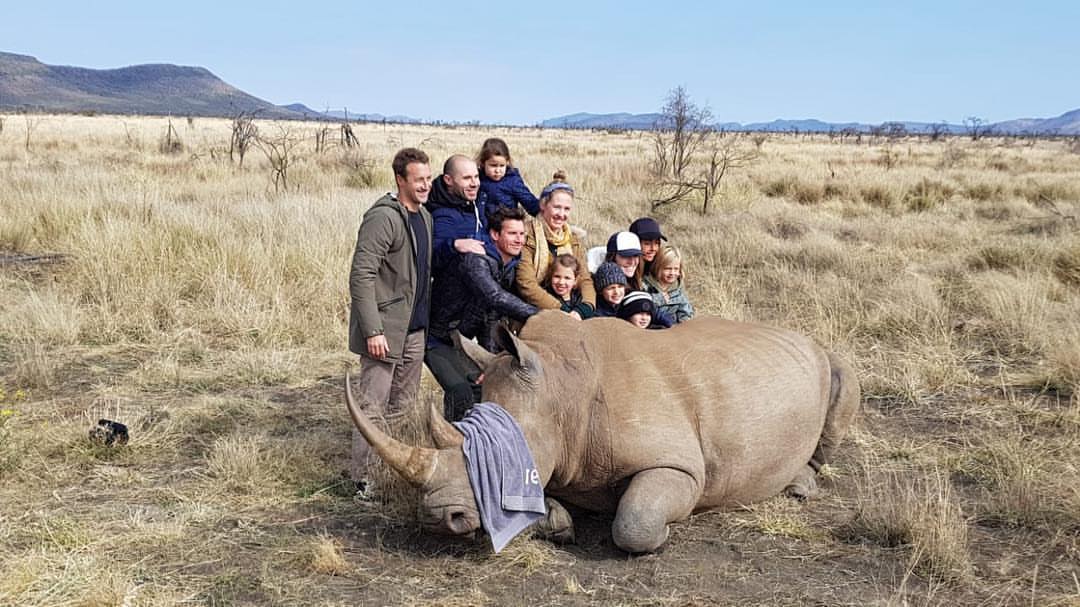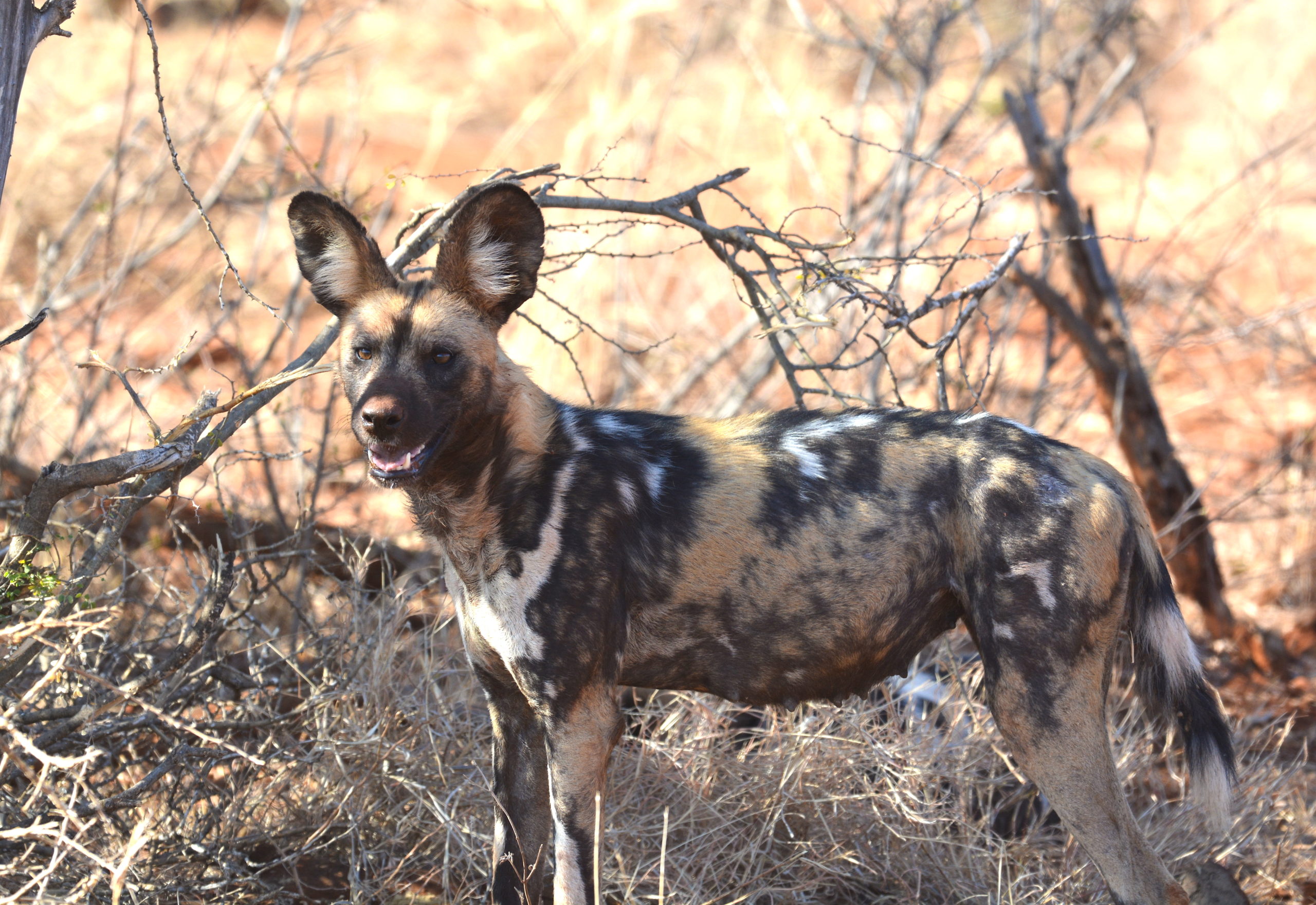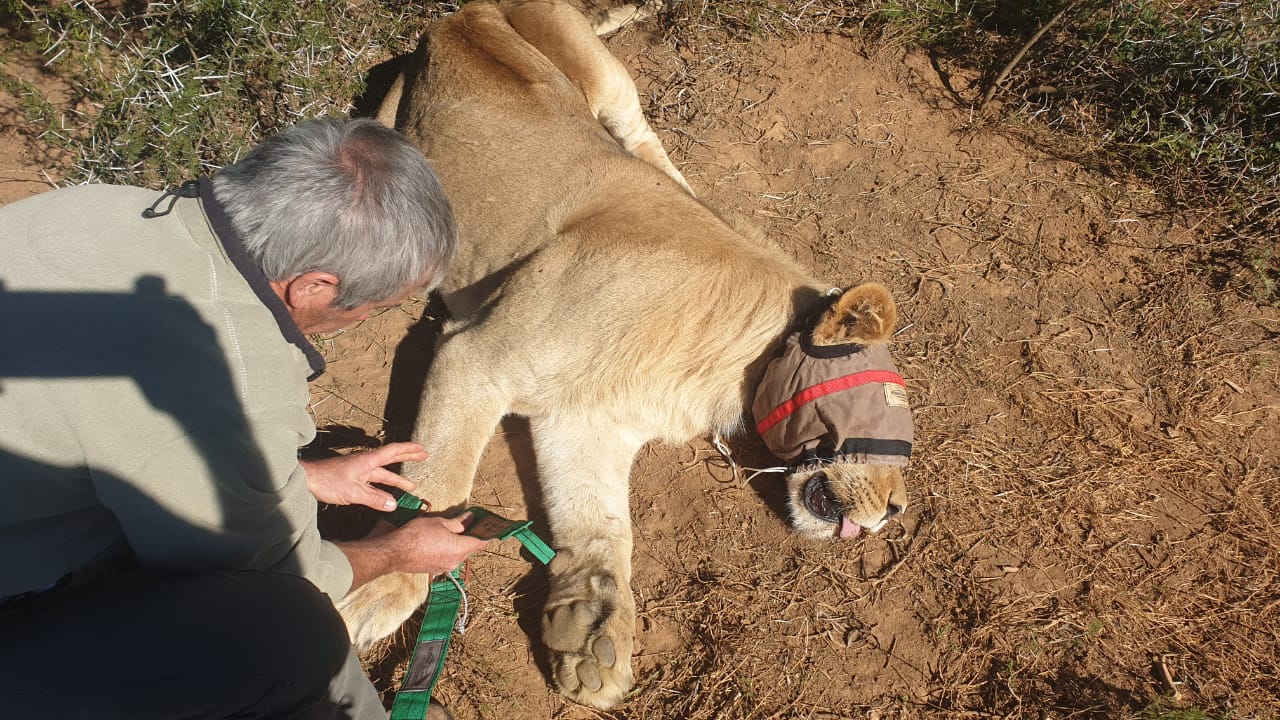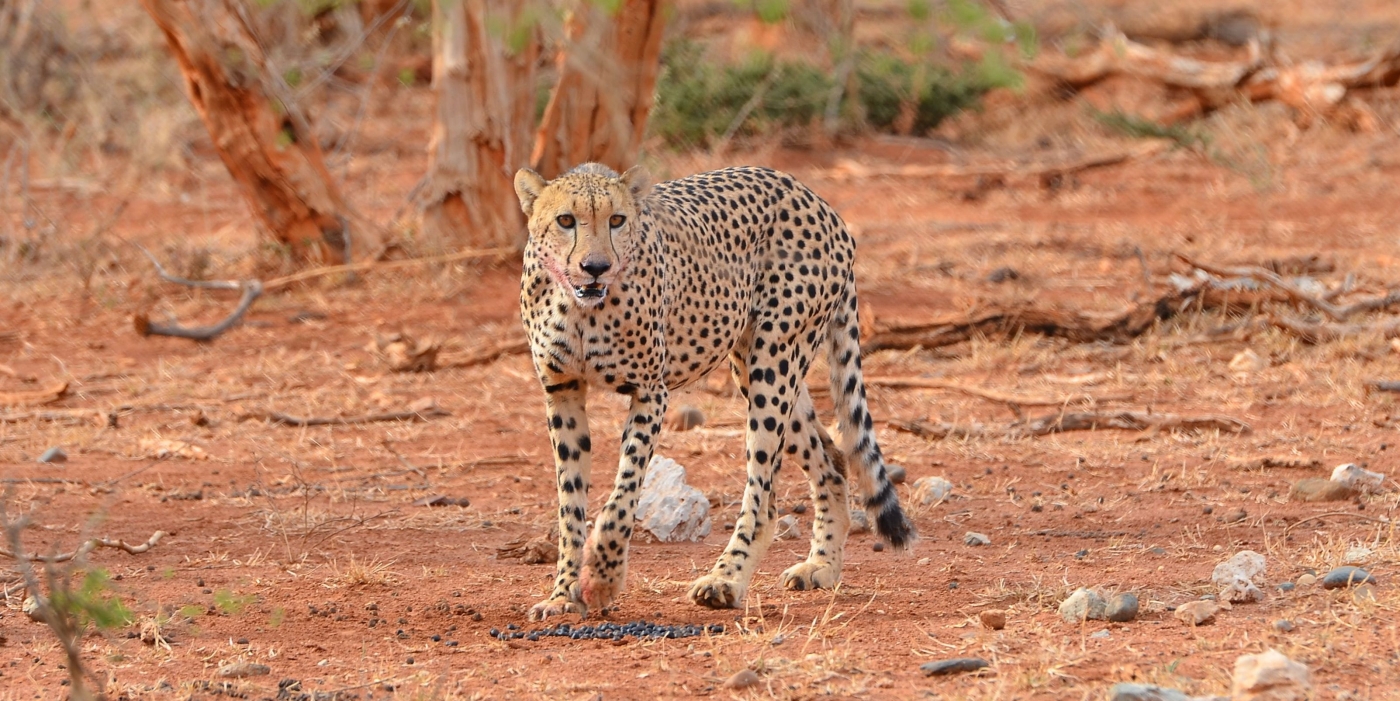World Endangered Species Day (15th May) is an opportunity to celebrate and learn about threatened species and how to protect them. The Morukuru Goodwill Foundation (MGWF) actively supports all wildlife conservation and has a special interest in rhino conservation because the Rhino is one of the most vulnerable animals in the world. Since the start of the poaching epidemic in 2008, South Africa has lost over 6 000 rhinos - a figure that increases daily. Statistics indicate that the rhino will be extinct by 2023! Someone involved on the frontline is Dr.Gerhardus Scheepers (BVS’c), who works with the MGWF in our rhino notching project in the Madikwe. As a veterinarian, Scheepers is concerned with all animals, but he has a special passion for big game species and in particular the rhino. We asked him about some of his experiences working with the MGWF and especially about rhino anti-poaching initiatives...
Working on the frontline is definitely challenging… sometimes it’s like a battlefield. The MGWF plays a critical role in ongoing anti-poaching initiatives. We are all working together towards the preservation of the Rhino. I commend everyone involved as it requires plenty of courage, endurance and a lot of dedication. I think the people here do an excellent job, many long nights without any sleep both inside and outside the park. The level of dedication is awesome and an inspiration for similar operations in the country.


Success if difficult to define ...explain what you see as a favourable outcome? Every rhino we save and every orphan who makes it into adulthood at the Rhino Orphanage is a success story. Thinking back on the many wounded rhinos I have treated and those that have recovered is awesome. Working with calves of different ages can be really sad - but seeing survivors flourish makes it all worthwhile.
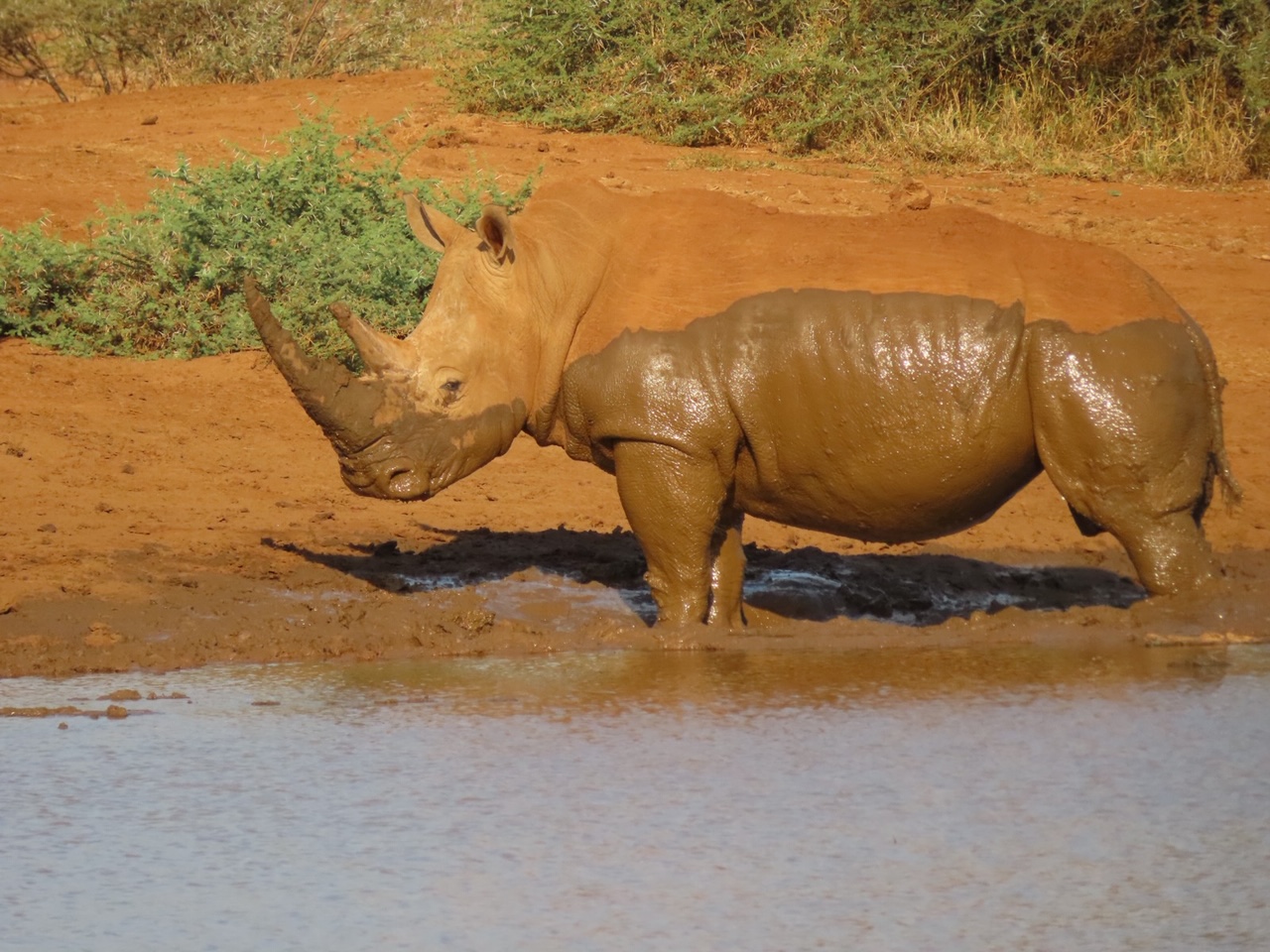

Are you hopeful that Rhino conservation will preserve this species? One can never give up hope. Hope is life. If you despair you might as well stop living. What I do hope for is more funding and even better equipment from the North West Parks & Tourism Board ( NWPTB). Funds from the MGWF, as well as generous donations from guests, go towards combating rhino poaching within the Madikwe game reserve … especially critical initiatives like rhino notching. Investment from organisations like MGWF supports training and essential equipment. This ongoing fundraising gives me hope. Without the additional funding and the time and effort put into this by private people, we will never to be able to combat poaching effectively as we are trying to do it now. With the funds raised by MGWF and other private individuals, we are able to purchase much-needed equipment and supplies (including clothing) for the anti-poaching team. Funding is also applied when we need to treat an injured rhino or rescue an orphan.
Explain who is involved on a notching mission? Different people are responsible for different aspects of a Rhino notching mission. On the veterinary side, the team basically consists of me and Cornel van der Walt ( my outstanding Veterinary Nurse). Our primary concern is animal welfare. We administer the drugs needed and the procedure to take the DNA samples. The ground team consists of representatives from NWPTB and Phillip Hattingh. They handle all the administrative aspects like the paperwork and record-keeping of the DNA sample and storage of the DNA. Every person has a vital role to play in the team to make it work as a well-organised machine.
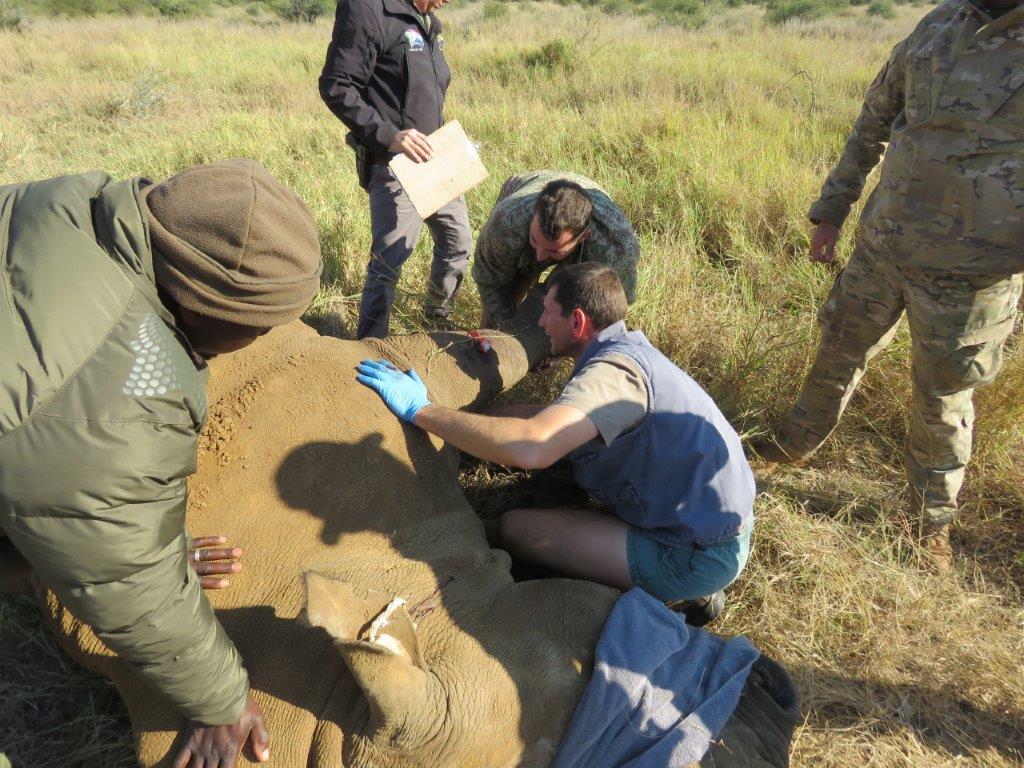

Tell us about the actual chipping process… The chip is minute...about the size of a rice grain. We use a special preloaded applicator … this is a needle and a plunger which penetrates through the skin into the subcutaneous tissue. The normal place to chip is behind the left ear. We put a chip into each horn as well. Each chip has its own unique number sequence.
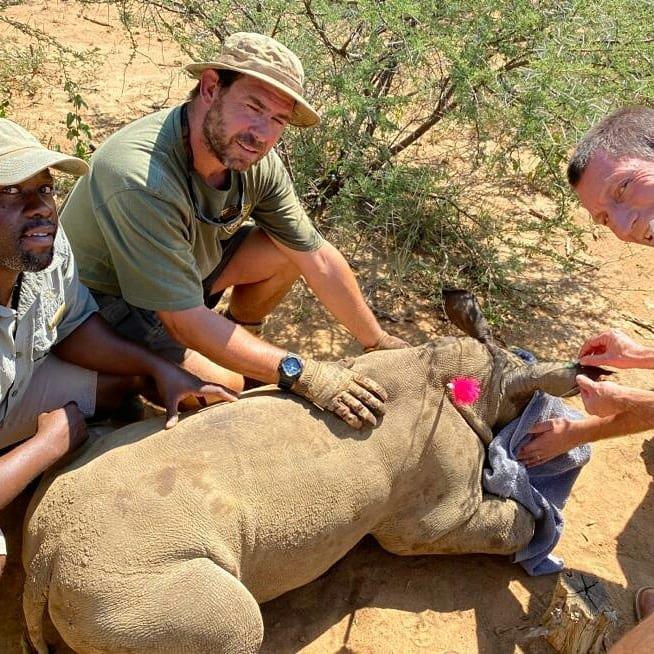

When working with the MGWF, you occasionally get to share your work with guests who participate in rhino conservation work - how are civilians affected by witnessing your work?Most civilians become very emotional to be so close to such a special animal. It is tremendously sad to think poachers butcher rhino for their horns … with no other purpose human greed. Guests become deeply touched by this experience.


Explain what actually happens on a mission... On the morning of the notching, I will give a talk to the guests explaining what we do, what drugs we use and what they can expect to see and experience. In collaboration with Phillip, a decision is made on what size animal will be done and if one or two animals will be done. I then make up the darts to immobilise the rhino and have an antidote ready as well. There are two teams involved - one in the air and one on land. We take off in the chopper and locate the candidate for darting. Once the ground team is close closer we dart the animal. Once the animal is down the chopper drops me to get to the animal. Cornel and I blindfold and earplug the animal. Then the guests are allowed to approach and assist with the sample taking and notching. Once all is finished we reverse the immobilising drug and the rhino wakes up and goes back to its usual business.




